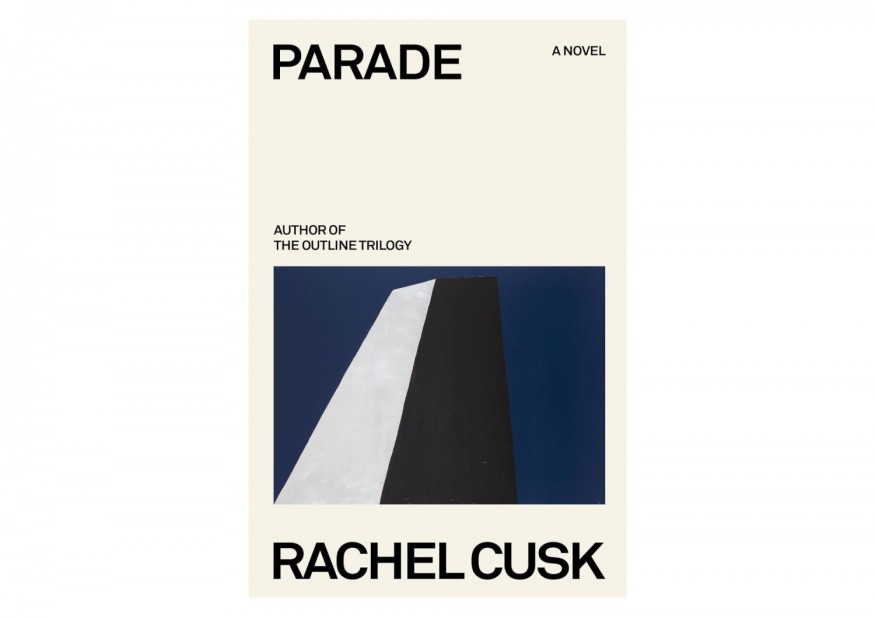
Celebrated for her inventive storytelling tactics, Rachel Cusk returns with another thought-provoking novel, "Parade." Cusk, renowned for her ability to dissect conventional narrative, pushes the bounds of fiction again by offering a frightening and thought-provoking vision that makes readers wonder about the fundamental nature of reality and art.
Cusk explores themes of artistic identity, familial ties, and existential loneliness by weaving together the lives of several artists, each denoted by the letter "G". The story has four sections. Every segment explores the intricacies involved in producing art and the individual histories that influence the lives of these artists.
An artist who starts painting inverted is one of the main characters; he even creates an awkward inverted picture of his spouse. This deed represents the novel's central idea of adopting a new perspective on the world. The artist's non-traditional approaches help him succeed and draw attention to the conflicts in his personal life. Similar struggles with societal expectations, personal traumas, and the quest for artistic expression are experienced by other "Gs" in the book.
Rachel Cusk's Striking Prose and Minimalist Narrative
Kirkus Reviews described Cusk's writing as emotionally cutting and remarkably exact. Her storytelling style frequently forgoes in-depth details of the setting and chronology in favor of concentrating on the inner lives of her characters. This book demands and rewards careful attention because of its minimalistic style, which compels readers to interact with the text on a deep level.
The majority of the novel is told in first person, but the narrator periodically switches to the pronoun "we." This narrator provides insights into the nature of artistic creation by seeing and critiquing the lives and works of various "Gs." The icy, detached tone of the story is consistent with Cusk's earlier writing, in which she raises issues regarding the validity of fictional characters. Although this detached tone might be unnerving, it is also intellectually stimulating, forcing readers to reconsider their understanding of narrative and identity.
A Fragmented Structure and The Impact of Family Dynamics
According to The Guardian, the novel's collage-like style is allegedly pieced together from vignettes, stories, and essays. Cusk attempts to depict a chaotic reality reflected in this fractured form. One particularly striking image highlights the unpredictable nature of reality and the artist's spectator position through a violent encounter on a city street. This observational motif reappears throughout the book, highlighting the conflict between creative representation and reality.
The impact of family dynamics on the creative process is another topic covered in the book. In one narrative, the passing of a mother allows her kids to reflect on their lives and the roles she forced upon them. Cusk skillfully negotiates how family can constrain and inspire throughout this examination of familial ties, reverberating throughout the novel.
Embracing Chaos and Uncertainty
Cusk's story is not for the timid. It forces readers to face complex realities about isolation, the creative process, and sometimes the difficult nexus between life and art. Despite its beauty, the text can sometimes be challenging, with some profound and confusing passages.
The book's goal of upending conventional storytelling is ultimately accomplished. It does not provide simple solutions but makes its themes more ambiguous and intricate. Although this method may irritate some readers, it also adds to the fascinating nature of Cusk's writing. She asks readers to embrace life's unpredictability and uncertainty and see it through the complex prism of art.
Conclusion
The book offers a brilliant examination of creativity, identity, and interpersonal relationships. Its spooky vision and rigorous intellectualism make it a unique contribution to modern literature, solidifying Cusk's status as one of our day's most avant-garde and difficult authors.
RELATED ARTICLE: 'None of This Is True' by Lisa Jewell Book Review: A Gripping Dive Into Dark Secrets and Unpredictable Twists












